Tornado Tour of South America – Argentina, Uruguay, Chile, Bolivia, Paraguay and Brazil
Traveling to Bolivia to see the world famous Salar de Uyuni or Uyuni Salt Flats and taking a tour of Uyuni town, the Train Cemetery, and Isla Incahuasi.
To get to Uyuni, the town where tours leave for the salt flats, I flew into La Paz from Iquique and had to catch an overnight bus.
The short LAN flight was direct and just when I arrived the sun was setting. Going through the immigration of the airport country 68, Bolivia, was complete.
I took a taxi directly to the bus station which took awhile in all the traffic. On arrival I asked for Todo Turismo and after wandering around and getting conflicting information on where the bus was I eventually found it.
Inside the office a guy told me to sit tight. I waited but the man disappeared, so I went to find him in the other room. I told him I tried to reserve a ticket, but did not get a response. He said if I didn’t get a response, then they are full. I explained that I needed to catch this bus and he told me there were two other companies going to Uyuni at the main bus station. They leave at 7 p.m. It was already 7:15 p.m.
I got the company names and ran out of the office to the station across the street. Completely short of breath from the altitude, I thought I was going to pass out. I went straight to the first bus desk I could find and asked for a ticket for the 7 p.m. bus. The guy looked at his watch then quickly made a call. No answer. He came out of the booth and waved for me to follow him. Together we ran down the terminal and found the bus stuck trying to leave the terminal. For once I was glad there was traffic. The guy knocked on the door and they let me on.
Bus from La Paz to Uyuni
Settling into my seat in the back of the bus I was relieved to have made it. To my surprise, I also found the seats reclined almost fully flat. I thought I was going to have a great ride to Uyuni. I thought.
The 12 hour ride was awful.
The road was very bumpy and most of it was unpaved. Since the bus didn’t have great seals on the windows all the dust just came into the cabin, replacing the fresh air. There was a fine later of dust all over my stuff and it was difficult to breath. Not to mention the high altitude which was getting to me.
We made one stop at 3 a.m. at some random restaurant and I got off to buy a bottle of water and some snacks.
I tried to stay hydrated by drinking a lot of water but I could only get about two hours of sleep. I was exhausted.
Uyuni
Arriving into town at around 7:30 a.m. most everything was still closed. A lady waiting for tourists off the bus introduced me to a tour. I had a flight to catch in Sucre, so I booked a two day tour and an overnight bus. The tour was only 360 bolivianos including food and hotel.
I walked into the center of town and stopped in a restaurant that had really really slow wifi. After breakfast I bought a hat and my Bolivia tourist shirt.
In the main square I went through the Uyuni Museum which displayed mummified bodies and some history on the area.
At 10:30 a.m. I returned to the office to start the tour. Our group consisted of two Switzerland girls an Argentinian and a family of Bolivians.
The guide loaded us up in a old Toyota Land Cruiser and drove us to the first stop.
Train Cemetery
We drove a short distance to these old rail tracks where trains were left to die. These rails were built by the British in the 19th century to transport minerals. After the minerals were mined out, the trains were abandoned.
Now it stands as a unique tourist sight.
Uyuni Salt Flats
The largest salt flat in the world is Salar de Uyuni at 4,086 sq miles. It contains a huge amount of the world’s lithium reserves and is currently being mined with authorization of the Bolivian government. The flat surface is also used to calibrate satellites.
We drove onto the salt flat to an area where salt was stacked in mounds for collection. This seemed liked a regular tourist stop with many vehicles unloading passengers for pictures.
Then we went to a market which also had a Salt Museum. The museum basically had a few sculptures made of salt blocks in front of another store. The buildings were built with salt blocks as well.
Next we took a 45 minute drive to the salt hotel in the middle of the salt flat. This seems to be the only hotel left as the others caused too much pollution. Also built with salt blocks, it was simple to say the least.
We had our lunch here served from the trunk of the SUV which consisted of chicken, rice, salad and a banana.
Isla Incahuasi
Then our guide drove us to the island in the middle of the salt flats. It was covered with giant cacti, which our guide said were the tallest in the world. The top of the island is the remains of a volcano.
To explore the park we had to first purchase a ticket (30 Bolivianos). There is a small museum that was pointless and several routes to the top of the hill. The walk up offered some excellent views that really show how vast the salt flat is. The large cacti added an curious texture to the scene and they barely moved in the high winds near the top.
Our last stop was a volcano where our hotel was located. As I had already seen everything I wanted to, I made a last minute decision to end my tour a day early so I could visit Potosi. I would have to travel back town this very night and lose my hotel reservation. Fine.
On the drive back, the sun colored the salt flat with a pink glaze. Our driver stopped so we could enjoy the view.
Back in town it was already dark and I went looking for a place to sleep. Right in the main square was a cheap hotel, Palace Hotel which happened to have a room available. The bathroom was disgusting with a toilet that didn’t flush and a cold shower. I was too tired to care and my head was pounding from the altitude.
I tried to force myself to sleep, as I knew I had a long day to Potosi, an unexpected destination.
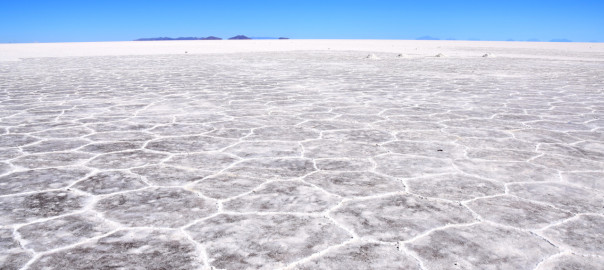
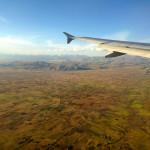
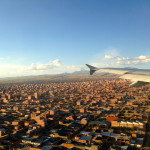
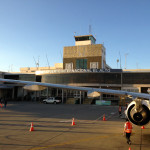
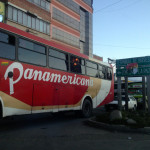
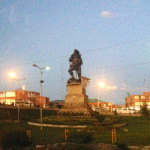
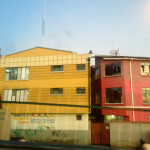
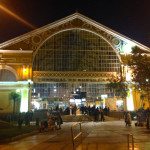
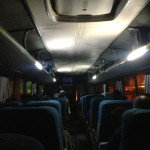
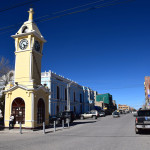
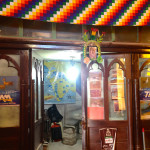
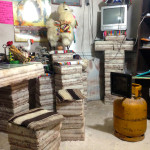
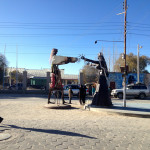
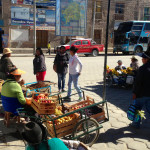
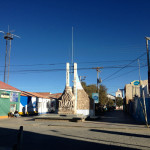
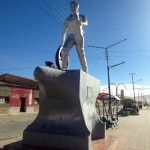
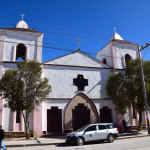
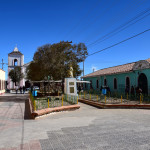
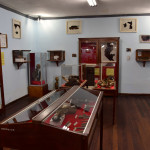
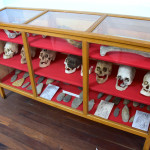
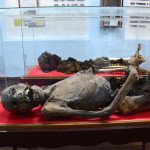
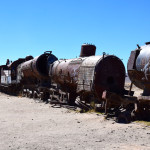
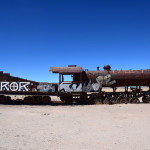
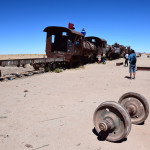
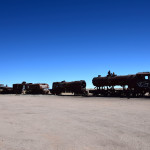
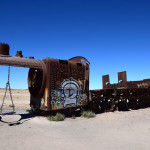
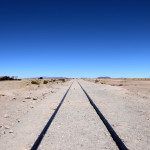
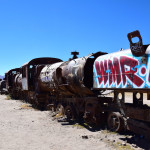
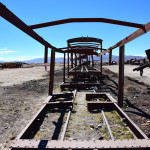
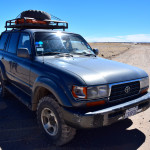
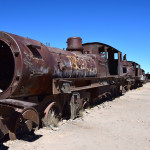
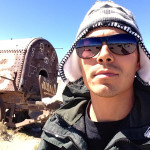
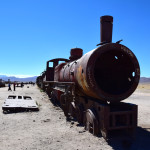
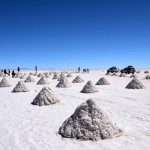
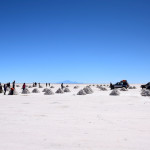
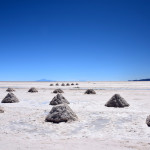
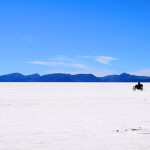
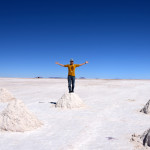
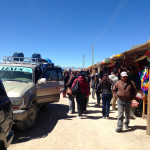
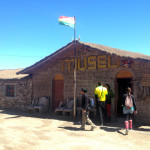
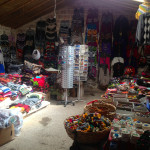
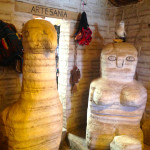
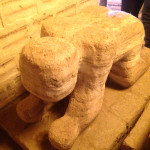
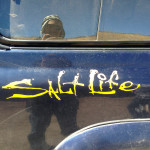
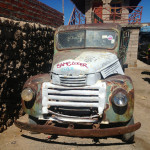
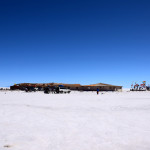
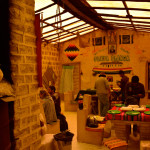
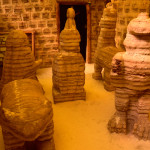
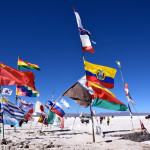
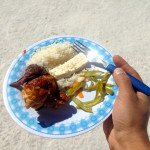
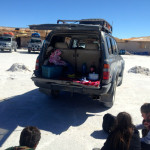
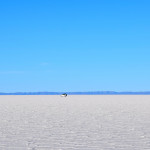
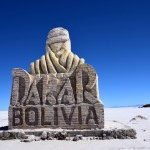
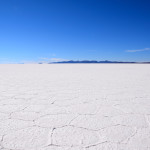
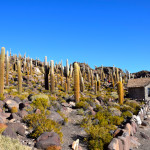
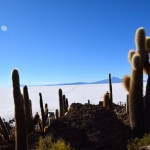
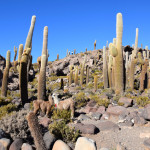
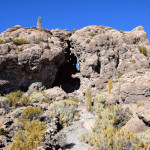
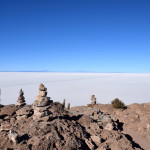
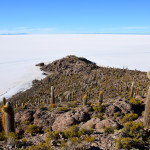
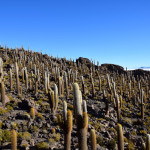
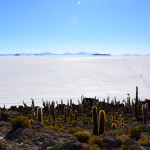
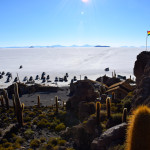
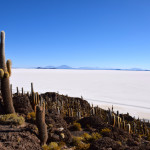
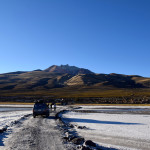
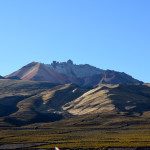
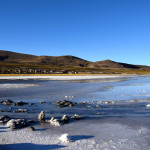
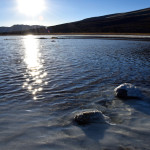
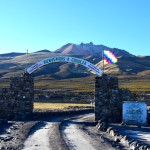
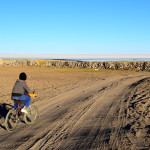
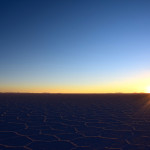
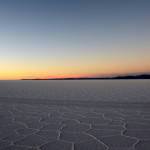
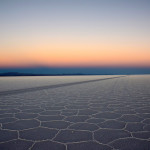
Pingback: Potosi Mine Tour | World-Adventurer()
Pingback: Sucre La Ciudad Blanca | World-Adventurer()